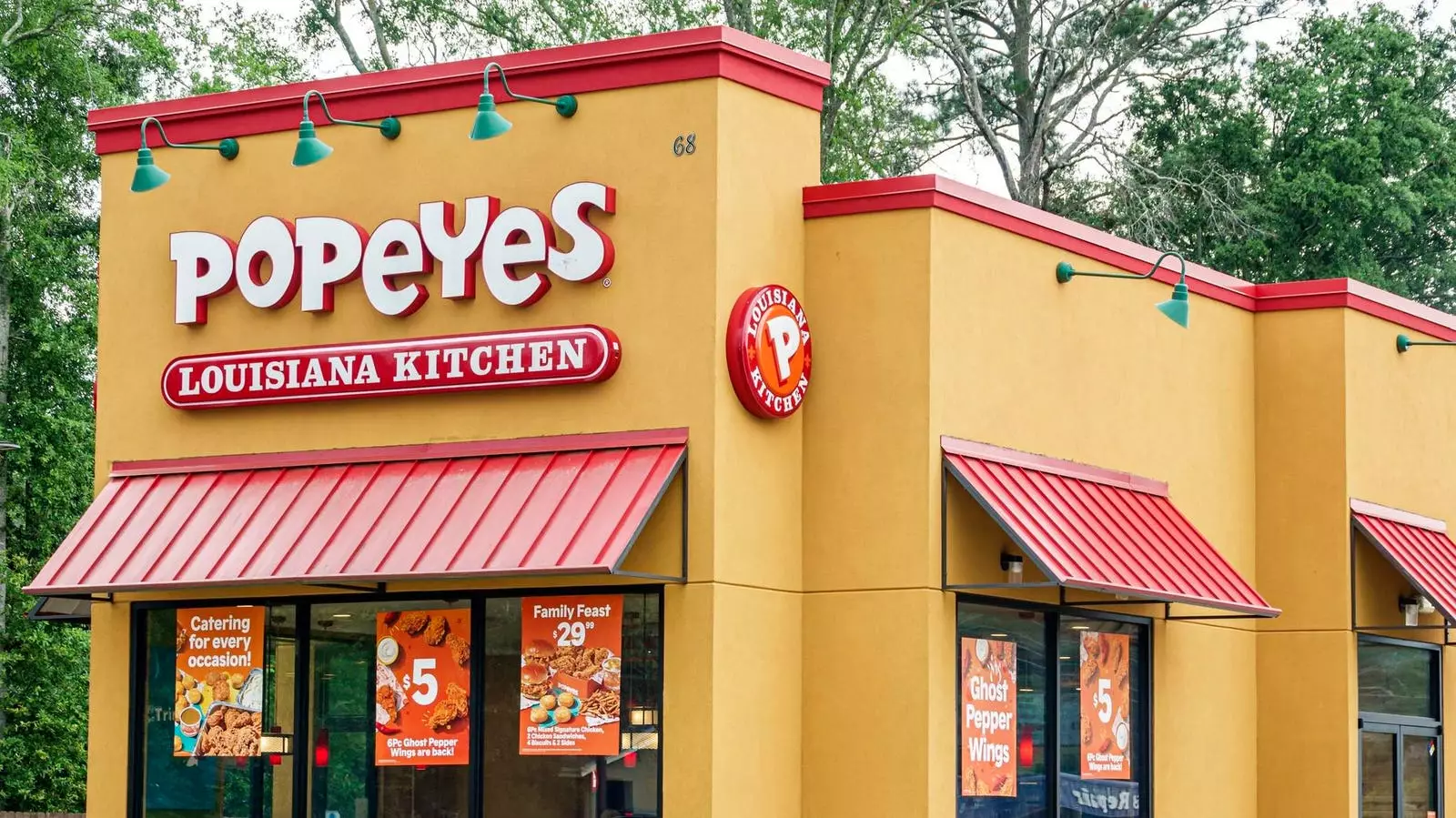In the rapidly evolving food landscape of 2025, collaborations between brands have become more than mere marketing tactics; they embody a vast cultural shift that redefines how we view dining and consumption. From gourmet tequila-laced options at fast-food franchises to nostalgic offerings tied to our childhoods, brand partnerships are transforming meals into experiences. By melding various elements such as nostalgia, exclusivity, and celebrity branding, these collaborations reflect the desires and attitudes of consumers today in ways that are compelling and engaging.
One noteworthy collaboration that stirred conversations was the partnership between Don Julio, a respected tequila brand, and Popeyes, a prominent fried chicken chain. This unexpected pairing highlights the growing trend of luxury brands mingling with casual dining options. Today’s consumers increasingly seek indulgent experiences across all price points, craving the satisfaction that comes not just from a great meal but the stories and interactions it fosters. The narrative behind this partnership was grounded in the idea that fast food can coexist with high-end dining, leading to a reimagined culinary landscape where extravagance and accessibility come together seamlessly.
Another captivating example can be found in McDonald’s decision to reintroduce Pokémon-themed Happy Meals. These offerings are much more than just collectible toys; they tap into a powerful sense of nostalgia that resonates across generations. For families, this collaboration translates into an emotionally charged experience, enabling them to relive fond childhood memories while creating new ones with their children. This strategy showcases how the most effective food partnerships aren’t solely based on the products being sold but resonate on a deeper emotional level, tapping into our collective consciousness and shared experiences.
The cultural phenomenon of scarcity also informs modern food collaborations, as evidenced by the limited-time offerings from KFC and McDonald’s inspired by the popular show Squid Game. By developing exclusive menu items that coincide with the show’s launch, these fast-food giants effectively manufactured a frenzy around their offerings. The allure of limited-edition meals served not only as an incentive for fans but also as a strategic move to engage an audience hungry for novelty and buzz. This practice capitalizes on the concept of FOMO (Fear of Missing Out), demonstrating how today’s consumers are driven by the desire to be part of exclusive cultural moments.
Celebrity influence on food culture has also transformed significantly as seen with Post Malone’s limited-edition Oreos. This collaboration exemplifies the necessity for authenticity in celebrity partnerships; consumers today expect more than just a name attached to a product. The connection must feel genuine, shaped by the artist’s persona and story. As individuals navigate a world saturated by advertisements, they gravitate toward brands and partnerships that resonate with their identities and cultural narratives, transcending mere commercialization.
Food collaborations in 2025 serve as a lens through which we can examine the evolving desires and attitudes of consumers. They signify a shift toward dining experiences that go beyond consumption—transforming meals into emotional, nostalgic, and socially rich moments. As the landscape continues to shift and evolve, it is likely that we will see even more unexpected alliances that reveal trends in food culture and consumer behavior. These partnerships will undoubtedly continue to challenge and redefine our perceptions, making the act of eating a reflection of current societal values and shared experiences.
Food collaborations are more than just marketing strategies; they are cultural phenomena that provide insight into our collective psyche. From luxurious fast food pairings to nostalgia-driven creations and authentic celebrity endorsements, these partnerships enhance our dining experiences and embody the multifaceted nature of modern food culture. As we move forward, the anticipation of yet another surprising culinary collaboration looms, waiting to reveal new dimensions of our ever-evolving relationship with food.


Leave a Reply